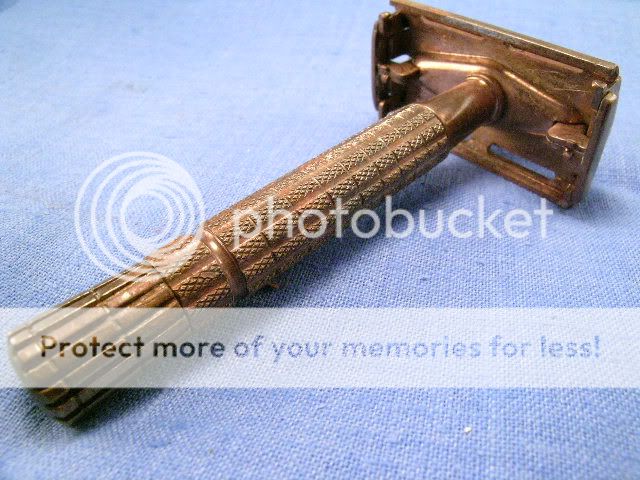I just sterilized a Grand Shave King (an old 3-piece safety razor) and the handle turned from a matte gray to black. Both parts of the head are chrome plated and they're fine. The handle is the only thing that changed color (it was not chrome plated, more of an unfinished matte looking gray before boiling).
Why did it change to black? Did I ruin it?
Why did it change to black? Did I ruin it?



 about the smell. I keep a can of NEVR DULL on my desk. It's perfectly safe. I'm looking at it right now, and its about a foot away from my hand, and I can't smell anything.
about the smell. I keep a can of NEVR DULL on my desk. It's perfectly safe. I'm looking at it right now, and its about a foot away from my hand, and I can't smell anything.

